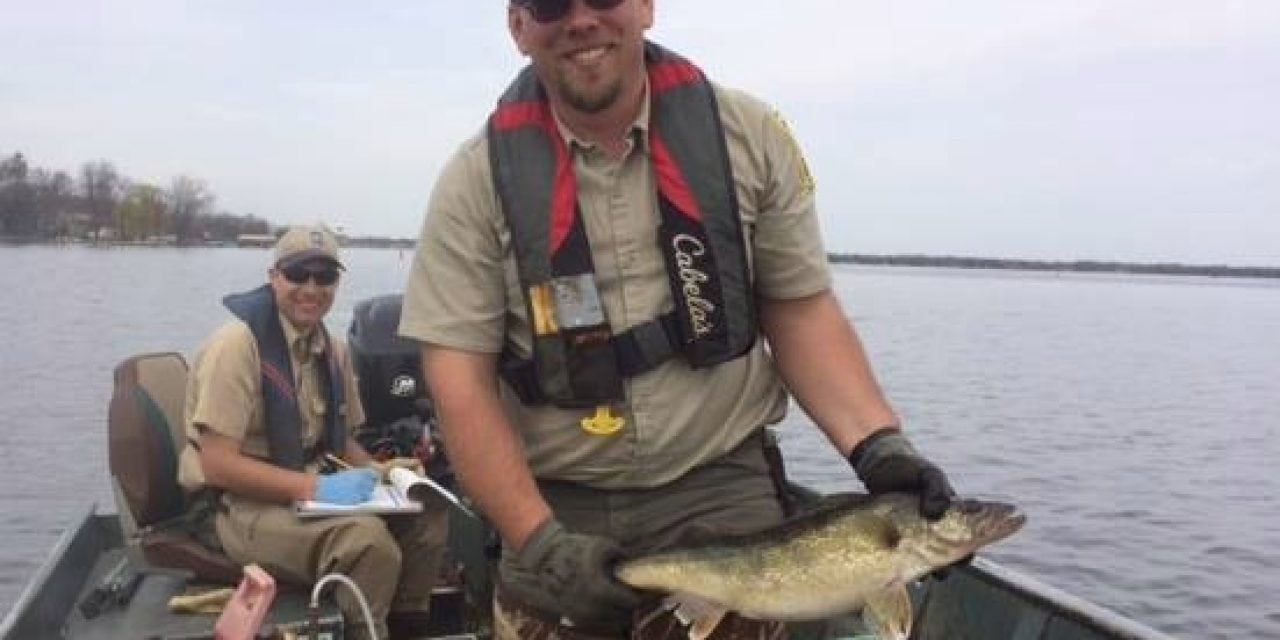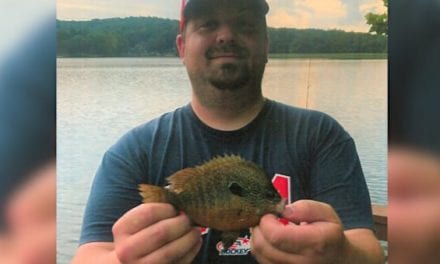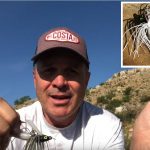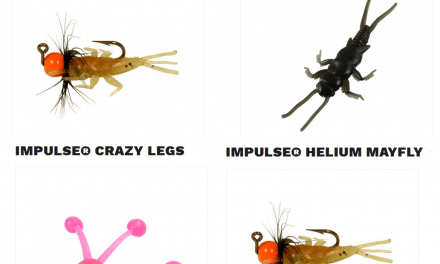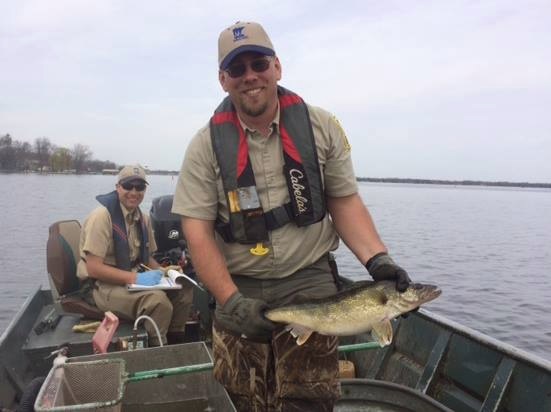
Reported by the StarTribune First: Coming off a season of walleye overindulgence on Mille Lacs, there’s discord between the Department of Natural Resources and Chippewa bands from Minnesota and Wisconsin over how many walleyes to allocate for state and tribal anglers in 2017.
The annual fishery co-management talks normally settle in time for the DNR to set Mille Lacs walleye regulations in time for the Northwest Sportshow, starting March 23. But this year’s discussions to establish a safe harvest level might not be completed by then, DNR fisheries chief Don Pereira said Tuesday.
Pereira met Friday in Isle with members of the Mille Lacs Fisheries Advisory Committee, explaining that the bands did not accept the DNR’s position that the lake could safely support a total walleye harvest this year of 90,000 pounds. The advisory committee was told to expect another catch-and-release season of walleye fishing with the likelihood of a midseason shutdown based on mortality rates of fish hooked and released.
StarTribune Outdoors Section – http://www.startribune.com/sports/outdoors/
Here’s what Pereira, the Great Lakes Indian Fish & Wildlife Commission (GLFWC) and three Fisheries Advisory Committee members had to say this week about the Mille Lacs walleye situation: Don Pereira, state fisheries chief
The state went over its walleye allocation last year by 6,800 pounds, and Pereira said it will be paid back over four years by taking 1,700 pounds a year less than the allotment.
The DNR’s estimation of a total safe harvest for 2017 is 90,000 pounds, but there was no consensus around that number in joint technical committee reviews between the state and bands. DNR believes conservation risk is minimal at 90,000 pounds. But the bands said it was too much of a leap from last year’s allowable harvest of 40,000 pounds. They countered with 64,000 pounds and said they would keep their share of the harvest at 30 percent. Pereira said it was a reasonable counteroffer, because the eight tribes with hunting and fishing rights around Mille Lacs have a right to take 50 percent of the total yearly allocation.
Whatever the state’s allotment is for 2017, Pereira said, 14,000 pounds already was harvested during a winter season that provided a “screaming’’ hot bite. At harvest levels now being discussed, the 2017 allotment would be slightly greater than last year, he said. But the quota likely will be wiped out before Labor Day weekend, especially if the summer is a hot one. That’s because rates of hooking mortality rise when temperatures rise.
For a lake that used to produce 600,000 pounds of walleye in a single year, “this is all razor-thin management,’’ Pereira said.
Dylan Jennings, GLFWC spokesman
The bands are committed to a conservative approach for walleye harvest, Jennings said. For the bands, this isn’t political: It’s to protect and restore the Mille Lacs walleye population, especially the abundant 2013 year class that will greatly expand the lake’s spawning capacity.
“The bands are pretty committed to a very conservative approach at this point,’’ he said. “They’ve looked at the biology.’’
He stressed that any givebacks by DNR to make up for overfishing in 2016 won’t be shifted to the bands’ quota. “The overage goes back to the lake,’’ Jennings said.
Dean Hanson, committee member, owner of Agate Bay Resort
The system of fisheries co-management between the Chippewa and DNR is not working, says Hanson, adding that the two sides don’t agree on biological assessments. Politics has everything to do with the bands’ insistence on lower harvest levels.
“They are continually trying to suppress the angling and make this area a wasteland,’’ he said.
Many members of the fisheries advisory committee believe Mille Lacs has more walleyes than estimated by the DNR. And if there’s a shortage of forage fish in Mille Lacs — a possibility now being studied — it would make sense to now liberalize the walleye harvest before the fish cannibalize each other.
If you own a business on Mille Lacs, Hanson said, there are no attractive options this year in terms of managing the walleye season. It seems inevitable that the state’s allotment will be used up before the summer ends, possibly sometime in July. The uncertainty is confusing to anglers and complicates reservations.
This will be the third summer in a row for walleye fishing interruptions on Mille Lacs and businesses in the area are fragile.
Laurie Westerlund, committee member, Mille Lacs business owner and Aitkin County commissioner
It’s supposed to be a co-management situation based on biology, and it’s very political, said Westerlund, adding that the more the DNR tries to help, the more complicated it gets. She calls herself a no-nonsense person and said she would let people take a couple of fish. The DNR’s biological data “doesn’t seem to be too factual.’’
Everything is changing, she said, and the DNR can’t save the world. There’s an added level of frustration around Mille Lacs that has to do with history. There’s a lot of history, she points out: Every family has a history. Every heritage has a history. And, in Westerlund’s opinion, people are tired of paying for history.
Eddy Lyback, committee member, owner Lyback’s Ice Fishing and Lyback’s Marine, Wahkon
What Pereira said was that it’s more than likely going to be a catch-and-release season, according to Lyback. Possible options were discussed to prolong the season, but most members of the committee were plain at the end of their rope, including Lyback.
It’s not a biological decision anymore; it’s political. The state went over its allocation last year, he said, and it didn’t hurt the fishery. But unfortunately, now, anglers are going to have to pay for that. Lyback says the lake is not being managed for the fish anymore; it’s managed more for who is controlling who. Fisherman and anglers across the state need to talk to their legislators; he urges people to tell them what we’ve got right now isn’t working.
The only thing people agree on is that the walleyes are going to be biting this spring.
The post Mille Lacs business owners say walleye strife is politics, not biology appeared first on ODU Magazine-North America's #1 Digital Fishing Magazine.

